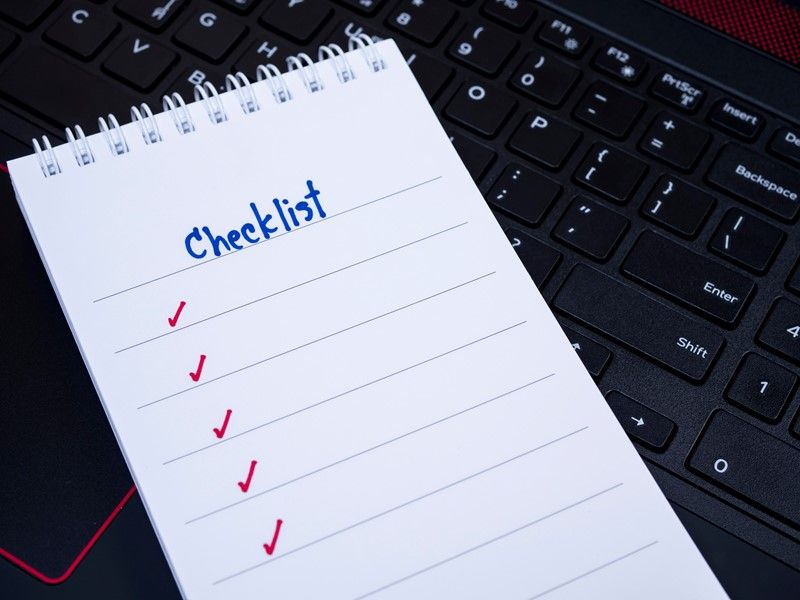Top 10 skills every business owner should acquire
Running a business involves wearing many hats. Whether you are just starting out or looking to grow, developing the right skills can make all the difference. Here are ten practical skills that will help you manage your business with greater confidence and success.
1. Financial literacy
Understanding your numbers is vital. Learn how to read basic accounts, track cash flow, calculate profit margins, and understand tax obligations. This allows better decision-making and helps avoid costly surprises.
2. Time management
Managing your time well means focusing on what matters most. Learn to plan your day, delegate when needed, and avoid distractions so you can keep your business moving forward.
3. Leadership
Whether you employ staff or work with freelancers, good leadership helps you bring out the best in others. Clear direction, honest communication and the ability to motivate people all matter.
4. Problem-solving
Every business faces challenges. Building the habit of thinking through problems calmly, exploring options, and finding practical solutions will save time and reduce stress.
5. Basic marketing
You do not need to be a marketing expert, but you should understand the basics. Learn how to identify your ideal customer, promote your services, and use tools like social media or email newsletters effectively.
6. Sales skills
Being able to explain the value of your product or service, handle objections, and close deals is essential. Sales is not about pressure – it is about confidence and clarity.
7. Negotiation
Whether agreeing prices with suppliers or finalising a contract, negotiation skills can lead to better deals and long-term relationships.
8. Digital confidence
Modern businesses depend on digital tools. Learn how to use accounting software, manage online bookings or orders, and keep data safe. Embracing technology saves time and improves accuracy.
9. Strategic thinking
This means stepping back from daily tasks and thinking about where your business is going. Set goals, measure progress, and review what is working – and what is not.
10. Adaptability
Markets change, rules change, and customer needs evolve. Being open to new ideas and willing to adjust your approach is what keeps businesses alive and thriving.
Developing these skills takes time, but each one will give you more control and clarity in running your business.




